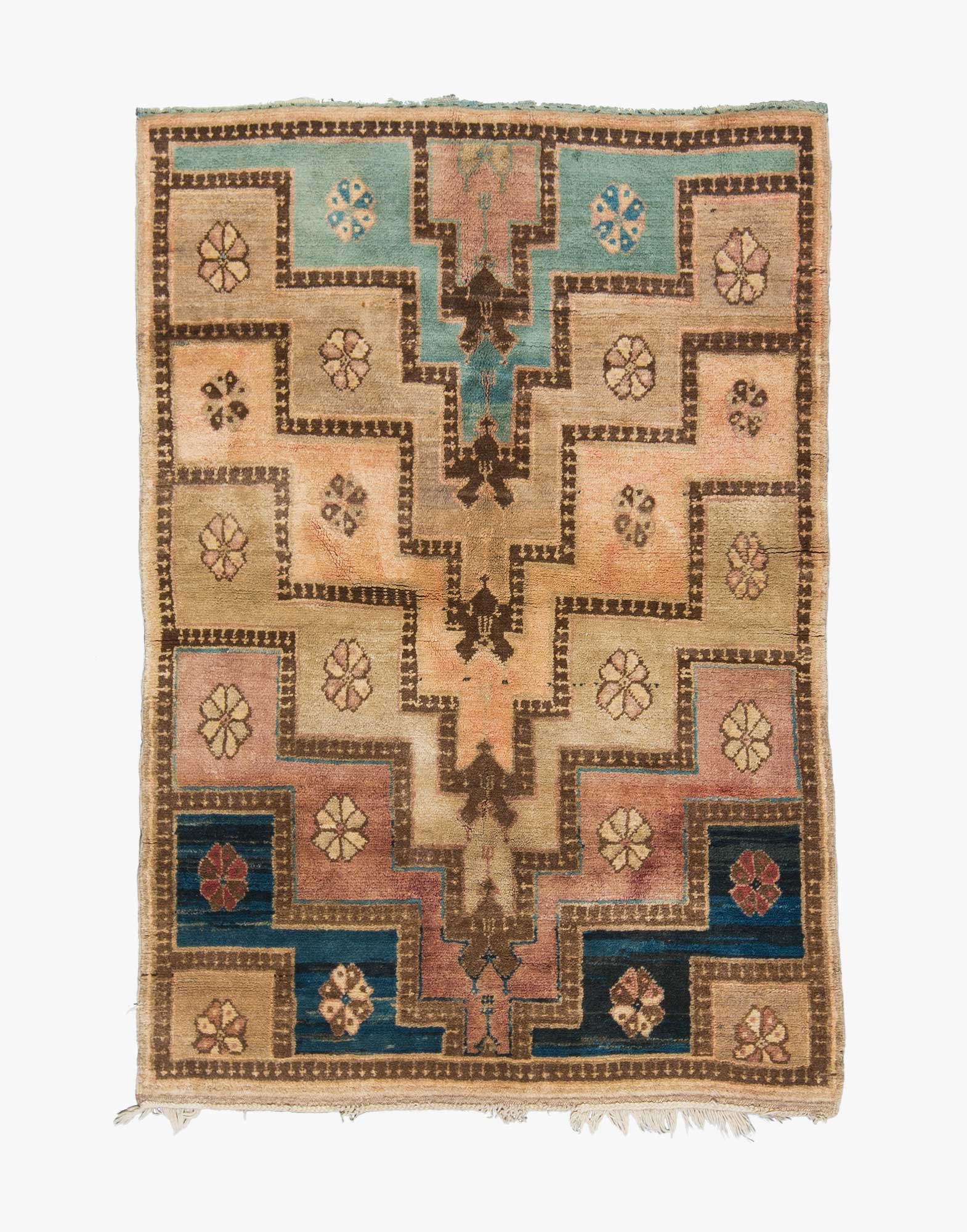When we think about what kilims mean, the answer is far from obvious. While the term is used to describe what might be called a “Turkish rug,” or an “Anatolian rug,” there is so much hidden meaning within kilims and they are so unique to just one region that the word itself is almost untranslatable. Kilims have a history that dates back over 9,000 years, with motifs and traditions that are embedded both in the works of hundreds of cultures, and also in the fingertips of literally millions of people. Calling a kilim simply a “rug” seems to undermine just how precious and unique these pieces of art really are.
But perhaps deciphering whether the word itself comes from will help us to define the term.
The word kilim is made up of two parts, which almost make up its two syllables. The first word is “ki,” which in ancient Akkadian (and not SO dissimililarly in Persian or modern Turkish) means “like.”
The suffix of “lim” means “internal,” or “inside.” This root is actually relatively common, and the English word “limit” may have a similar root with it, which also has a definition referring to the edges of what is internal, and what defines the interior vis-à-vis the exterior.
So in this sense, “ki” “lim” literally means “as in the interior” or “as in the hearth.” “Kilim” is what defines the interior spaces and separates in from the, say, “unlimited” exterior of the outer beyond.
But the notion of internal actually may go beyond the physical boundaries. Other examples of words with similar roots include “Mukil” (guide), “Kallum” (messenger), “Kimu” (Lineage) “Qullum” (Circle, Ring), “Killu” (Place of Custody), “Kulum” (Totality) all speak to notions that may be symbolically close to the notion of interiorness, but refer much more to spreading into a totality, a circle.
So in this way one could say that the word kilim means much more than a physical interior and more the notion of the soul itself. It is the interior of all of us. When we add the prefix of “ki” we come up with a definition closer to “soul-like,” which DOES seem remarkably similar to concepts like “guide” or “messenger.”






